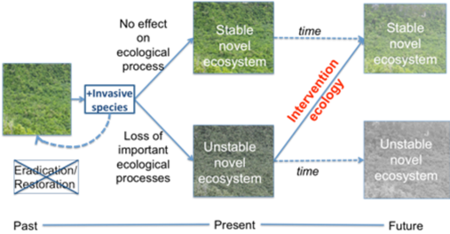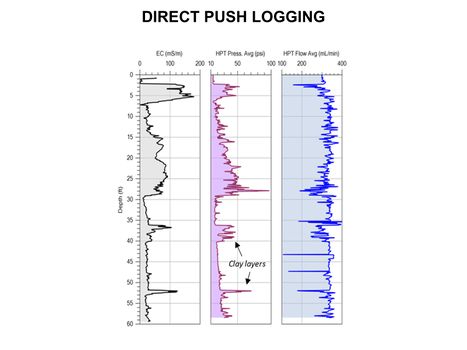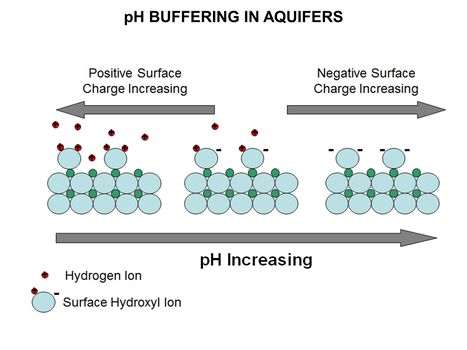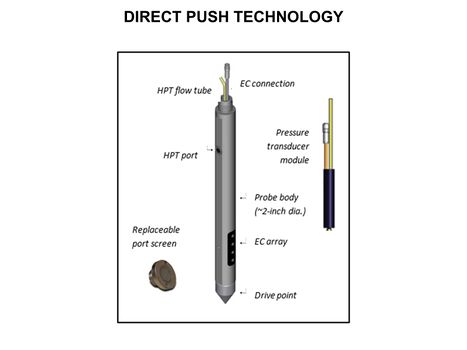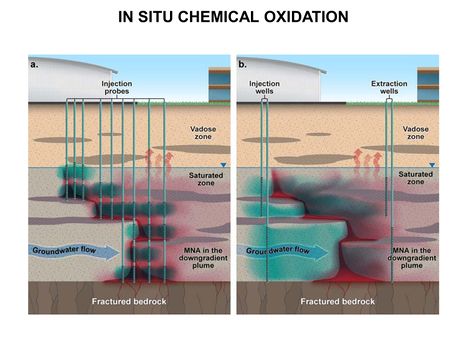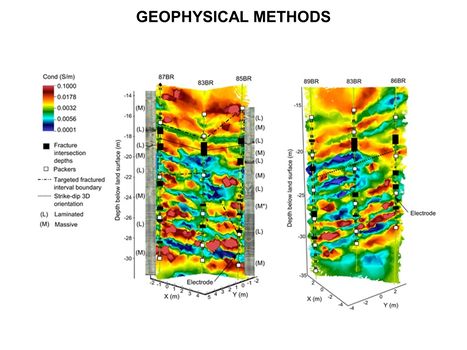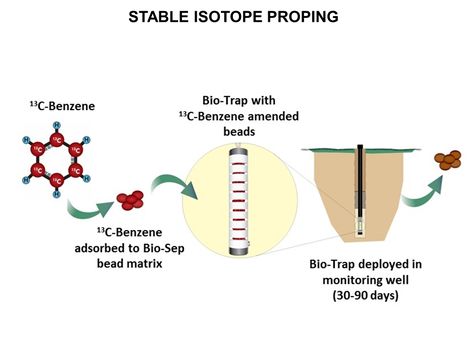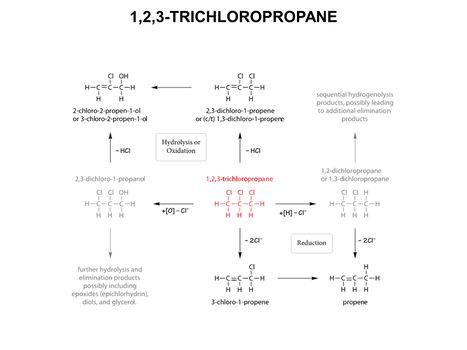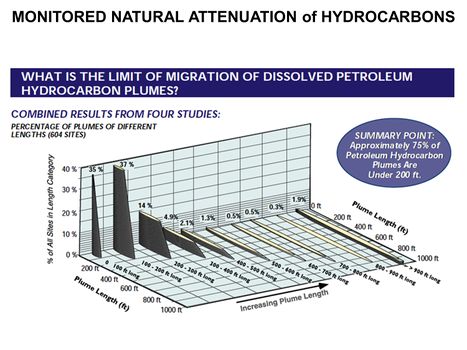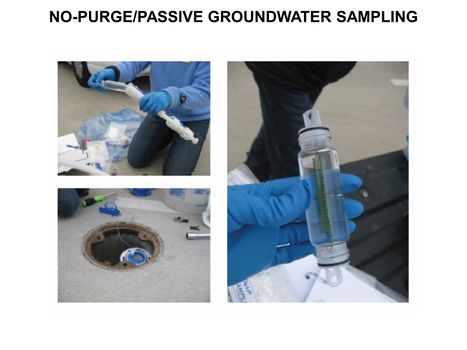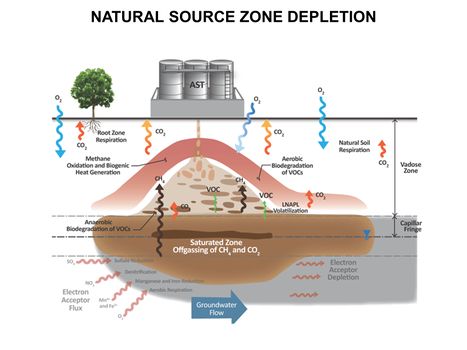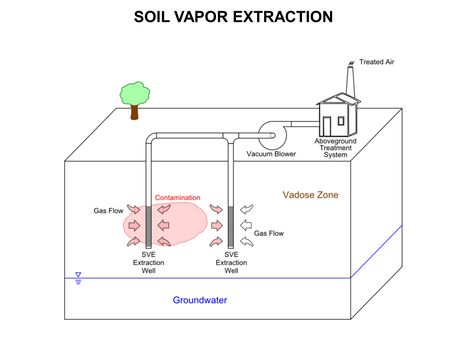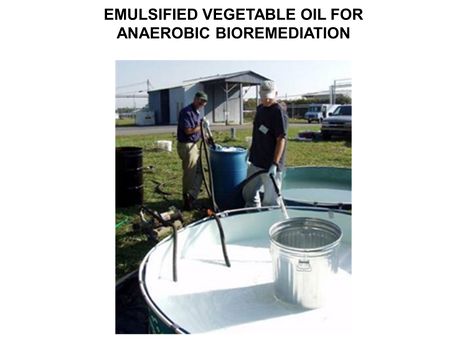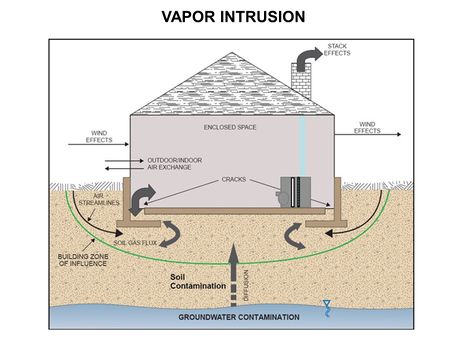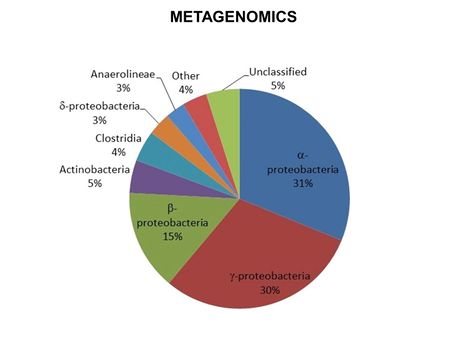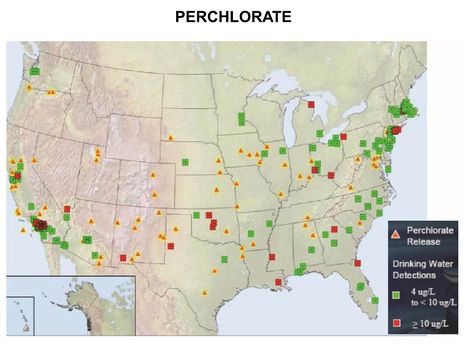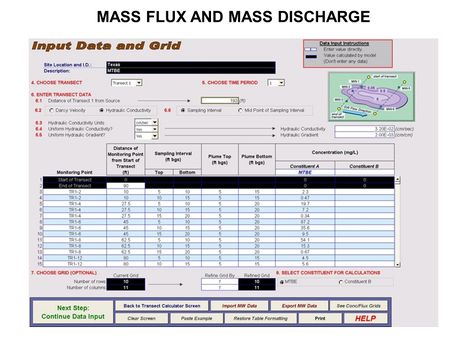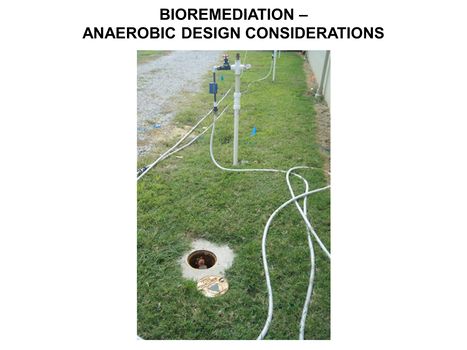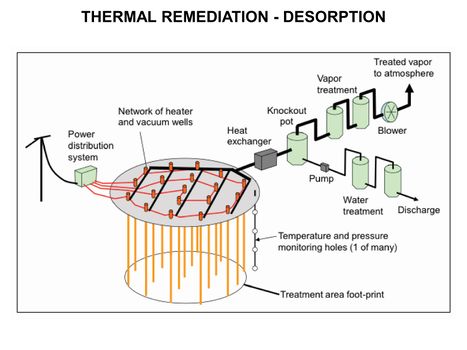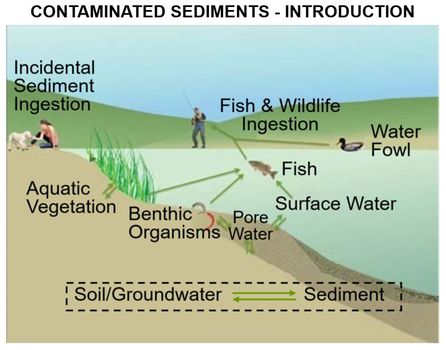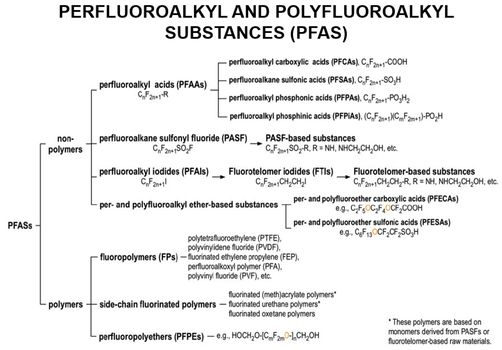Main Page
Peer Reviewed. Accessible. Written By Experts |
Your Environmental Information Gateway |
| The goal of ENVIRO Wiki is to make scientific and engineering research results more accessible to environmental professionals, facilitating the permitting, design and implementation of environmental projects. Articles are written and edited by invited experts (see Contributors) to summarize current knowledge for the target audience on an array of topics, with cross-linked references to reports and technical literature. | See Table of Contents |
Featured article: Restoration of Ecological Function in Terrestrial Systems Impacted by Invasive SpeciesBecause of the increased ease and frequency of transportation of people and goods across the globe, almost all ecosystems have species introduced by humans that do not share an evolutionary history with the native members of the ecosystem. Only some of these species survive to reproduce, and even fewer cause harm. It is this subset of species that have been deemed “invasive”. Invasive species can be one of the greatest threats to ecological and economic well-being of the planet. Efforts focused on early detection and rapid response are preferable to trying to control a species once it has established. However, in many cases, it can be difficult to identify potential invasive species until they have started causing obvious detrimental effects. A well-known example of an invasive species that caused detrimental effects to an entire ecosystem, where the intervention ecology approach is now being applied, is the brown treesnake (Boiga irregularis) on the island of Guam. The snake was introduced to the island at the end of WWII, likely a stowaway aboard U.S. military cargo ships. Within approximately 40 years the snake had spread throughout the entire island and eliminated 9 of the 11 species of native forest birds. Invasive species may cause the decline or extirpation of native species that provide essential ecological functions in the ecosystem. For example, the Hemlock Woolly Adelgid (Adelges tsugae), an invasive insect from Asia, has led to the destruction of up to 80% of the hemlock trees in the Eastern United States, which then impacted overall forest composition. Invasive species also cause problems for human health and economies.
(Full article...)
|
Enviro Wiki Highlights |

